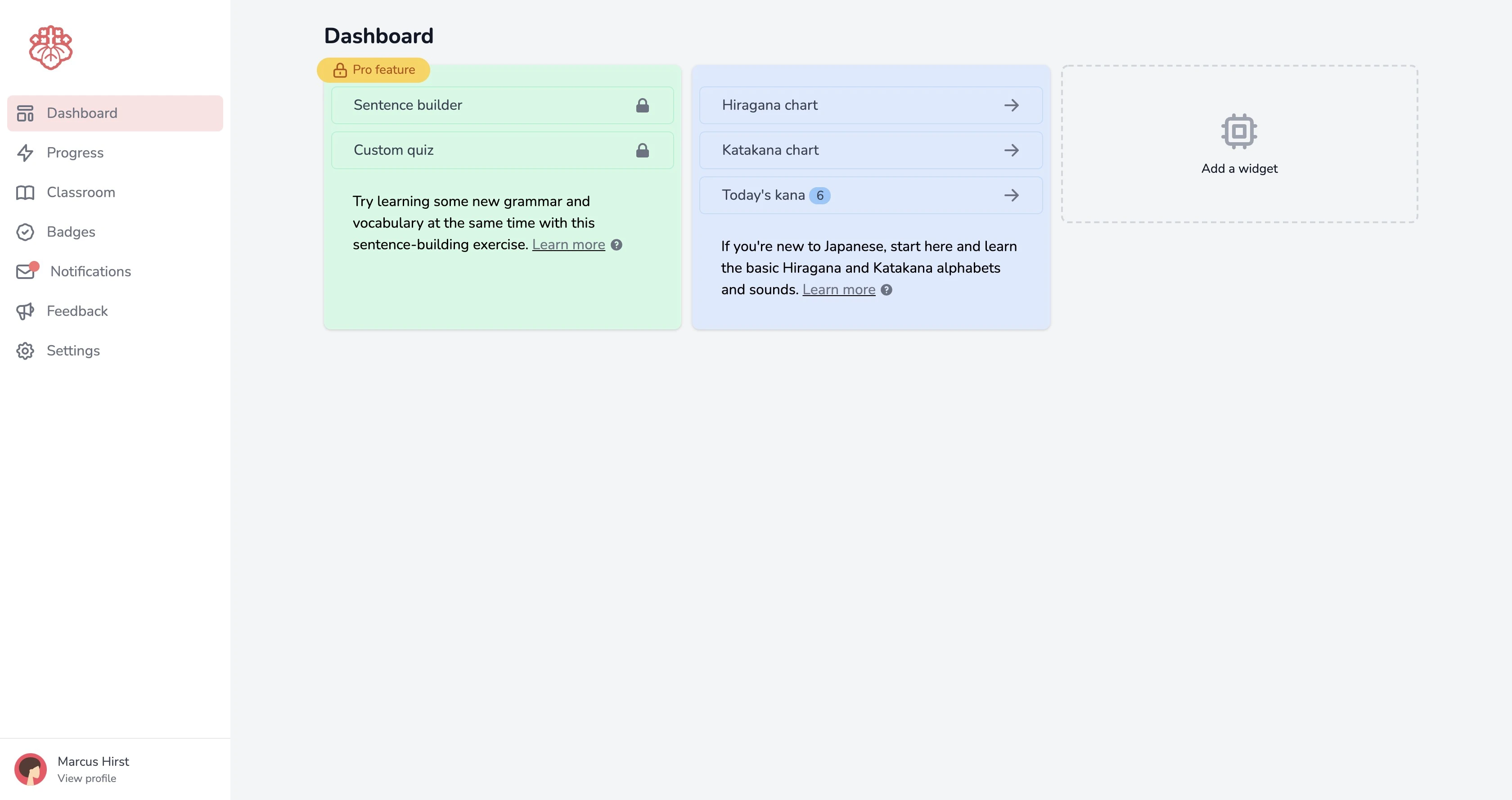Runtime: 5 min 37 sec · Uploaded Sat 16 April
Japanese Perfect Master: Lesson 1
Let’s introduce ourselves with this first Japanese Perfect Master lesson video. These sentences use a basic 私(わたし)は ○○○ です。 grammar pattern, where ○○○ is a noun. 私(わたし) means ‘I’ or ‘myself’. Immediately afterwards, you see the character は. This is a special は since it is acting as our ‘object marker’ for わたし. Here, it is pronounced ‘wa’ (just like the character わ). The sentence finishes with です。 it doesn’t translate directly into English but think of it as the polite way to end a sentence. A close translation approximation would be ‘it is’.
0:10
In the first conversation, we look at how to introduce yourself politely to someone you’ve never met before with おはようございます。はじめまして。 It’s a very standard way to say something along the lines of “It’s nice to meet you, please look after me”. Mike-san and Tom-san then exchange names, where they’re from and their occupation before closing out with another polite どうぞよろしく “It was nice to meet you.”. The conversation will play a second time but with the appropriate Kanji, so you can understand how they sound and how they fit in with the use of Hiragana and Katakana together.
Activity ①
Pause the video after you hear the conversation a second time. See if you can understand the conversation, at 1:33, the answers will appear in English. Can you work out:
1. What is Mike-san’s nationality?
2. What is Tom-san’s nationality?
3. What is Mike-san’s job?
4. And What is Tom-san’s job?
Answers
1. British
2. American
3. Office worker
4. Teacher
2:12
In the second conversation, Bob-san and Kevin-san introduce themselves using slightly more informal phrases with こんにちは。はじめまして。and こちらこそ。 We’ve already seen はじめまして and know it’s the polite way to introduce yourself. こんにちは simply means ‘good afternoon’. Kevin-san uses the phrase こちらこそ at the end of the conversation to mean ‘likewise’ after Bob-san has used どうぞよろしく “Nice to meet you”.
You’ll hear “私(わたし)も” from Kevin-san at one point. Rather than using は, he’s used も as his subject marker, to mean “Me too”.
Activity ②
Pause the video after you hear the conversation a second time. See if you can understand the conversation, at 3:22, the answers will appear in English. Can you work out:
1. Where is is Bob-san from?
2. What is Kevin-san’s nationality?
3. What does Bob-san do?
4. And What is does Kevin-san do?
Answers
1. Canada
2. Indonesian
3. Student
4. Student
4:03
This conversation follows the same pattern as before. We’re introduced to こんばんは meaning ‘good evening’.
Activity ③
Pause the video after you hear the conversation a second time. See if you can understand the conversation, at 5:21, the answers will appear in English. Can you work out:
1. M’s name
2. T’s name
3. What is M’s nationality?
4. What is T’s nationality?
5. What does M do for work?
6. What does T do for his job?
6:04
Activity ④
Congratulations! You’ve made it through the video. Can you answer these questions about yourself? The video will have gaps in the audio so you can respond to あらた-san, the narrator. Make sure you use the new grammar pattern you’ve learnt today 私(わたし)は ○○○ です。
1. おはようございます。はじめまして。
2. わたしはあらたです。おなまえは。
3. わたしはにほんじんです。なにじんですか。
4. わたしはエンジニアです。おしごとは。
5. どうぞよろしく。
Was this article helpful?
Want to learn even more? Start your free Pro trial today.
You learn or relearn even faster and become more confident with a small time investment each day.
Start your free trial


